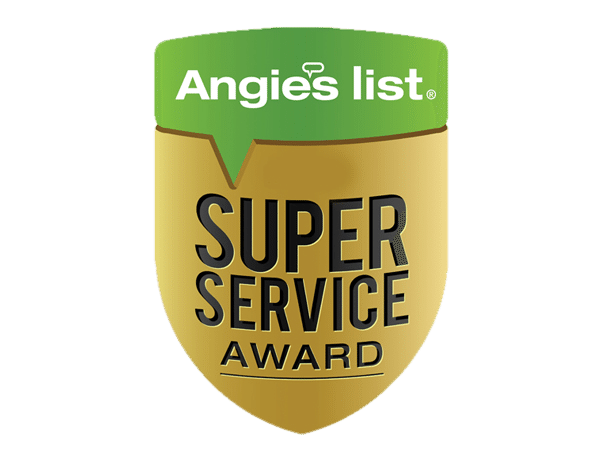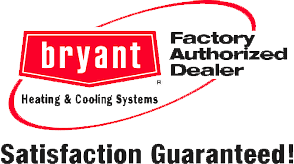
Conventional Choices
There are two types of conventional whole-house filter:
- Flat filters. The thin fiberglass or pleated-paper units most of us are familiar with. If they’re not changed once a month or so, their effectiveness diminishes rapidly, and they don’t block microscopic particles even when new. Electrostatically-charged pleated filters work best.
- Extended Media Filters. More effective, but – because they’re around 5 inches thick – they require a professionally installed housing be retrofitted into your ducting. Their working life is approximately a year.
Electronic Filters
Electronic filters can also be installed as part of a whole-house forced-air system. These deliver an electrical charge to circulating particles. When those particles pass aluminum collector plates that hold an opposite charge, they’re “grabbed” and retained. They never need to be replaced (but the collector plates have to be cleaned periodically). Although technologically advanced, they are true filters in that they interrupt the passage of contaminants, and hold them, so they cannot continue to circulate in the airstream.
Equipment Options
There remains some ongoing confusion between the terms “air cleaner” and “air filter.” Both can positively affect the quality of the airstream delivered to your living space as whole-house air cleaners and filtration devices. In the Dayton and Springfield areas, contact Ace Hardware Home Services for expert advice on which devices will best suit your individual needs.
Our goal is to help educate our customers in Dayton, Ohio about energy and home comfort issues (specific to HVAC systems).
Image courtesy of Shutterstock







